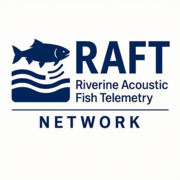Jessica C Stanton, PhD
I use quantitative approaches and modeling to address conservation and management questions ranging from birds to invasive fish. I am interested in uncertainty and risk assessment and developing models and tools to help decision makers and managers.
I am a Quantitative Research Biologist at the Upper Midwest Environmental Sciences Center (UMESC) in La Crosse, Wisconsin, working within the USGS Ecosystems Mission Area. As a data analyst and population modeler I have worked on a range of different taxa and conservation and management concerns. I am interested in developing models, metrics, and tools to assess uncertainty, understand systems, manage risk, and assist managers and decision makers. I have worked on conservation challenges related to birds, bats, mammals, reptiles, amphibians, and most recently, invasive fishes.
Education and Certifications
Ph.D. 2013 State University of New York at Stony Brook, Ecology and Evolutionary Biology
M.A. 2005 State University of New York at Stony Brook, Applied Ecology
B.S. 2000 University of Michigan, Resource Ecology and Management









